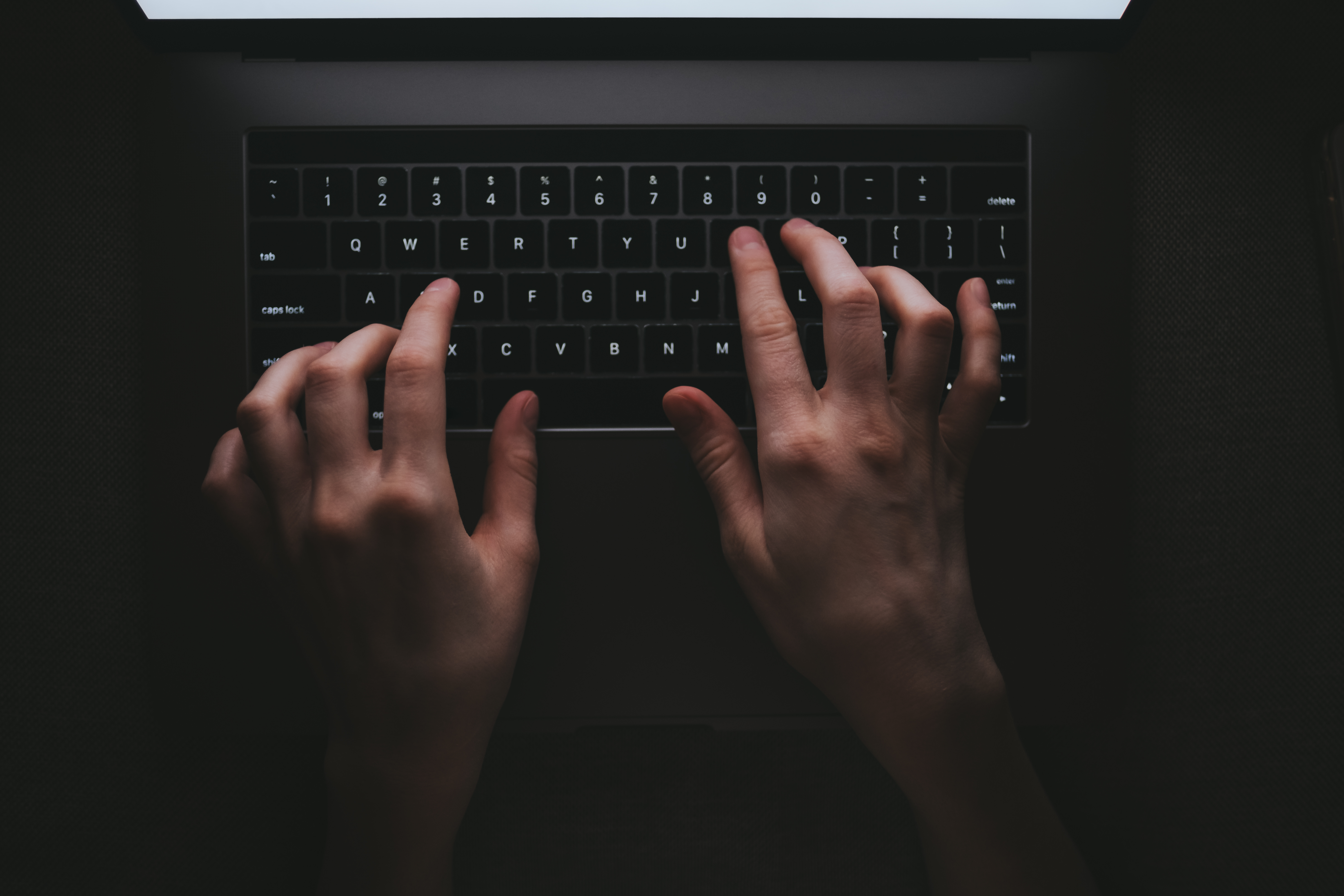All
The Role of Creativity in Tech and Cyber in the Current Stage of AI

(PUBLISHED)
August 22, 2025
(WRITER)
Rodrigo Cano
AI Has Changed the Game—Now What?
We’ve entered the current stage of AI: a moment when generative systems, automation, and machine intelligence aren’t just experimental tools but everyday infrastructure. The technical leap is no longer about whether machines can generate, analyze, or detect. They can—and they do it at scale. The question is: where do humans, particularly creative humans, fit in?
Creativity as the Differentiator
If the early wave of AI adoption was about efficiency and speed, the current stage is about differentiation. Models can produce endless streams of content, spot anomalies in oceans of data, or map entire digital infrastructures in seconds. What they can’t replicate—at least not meaningfully—is human creativity: the ability to challenge assumptions, ask new kinds of questions, and connect insights across disciplines.
In tech and cyber, this reframes creativity as more than design or aesthetics. It’s about strategic pattern-making:
- Imagining new ways to tell stories about risk, trust, and resilience.
- Developing investigations that push beyond what automated OSINT or anomaly detection can surface.
- Building human-centered experiences in an era when the default is machine-generated noise.
The Role of Creative Teams in Tech & Cyber
Creative teams are no longer the “last stop” polishing deliverables. Their role now sits at the heart of innovation. They function as translators, sense-makers, and architects of meaning:
- Narrative Builders: AI and cybersecurity systems are only as powerful as the stories told around them. Creative teams craft narratives that help non-technical stakeholders—executives, regulators, citizens—grasp what’s at stake.
- Strategic Questioners: Where automation excels at recognition, humans excel at reframing. Creative teams inject fresh perspectives into investigations, product design, and threat modeling.
- Ethics and Empathy Advocates: In the current stage of AI, trust is fragile. Creative work brings the human dimension forward, ensuring systems aren’t just efficient, but ethical and aligned with real needs.
- Experience Designers: As AI floods industries with output, the challenge isn’t generating data but shaping experiences. Creative teams design how those outputs are structured, contextualized, and made meaningful.
Why This Matters in Cyber
In cybersecurity especially, creativity is often underestimated. But as attackers also leverage AI, defenders must think asymmetrically—finding unexpected approaches, building novel campaigns, and designing investigations that machines can’t predict. A purely automated defense is rigid; a creatively guided defense is adaptive.
The future of cyber resilience may well depend on teams that combine technical depth with creative breadth, turning cold data into living, human-centered insight.

.svg)


.svg)
%201.svg)




.svg)
.svg)